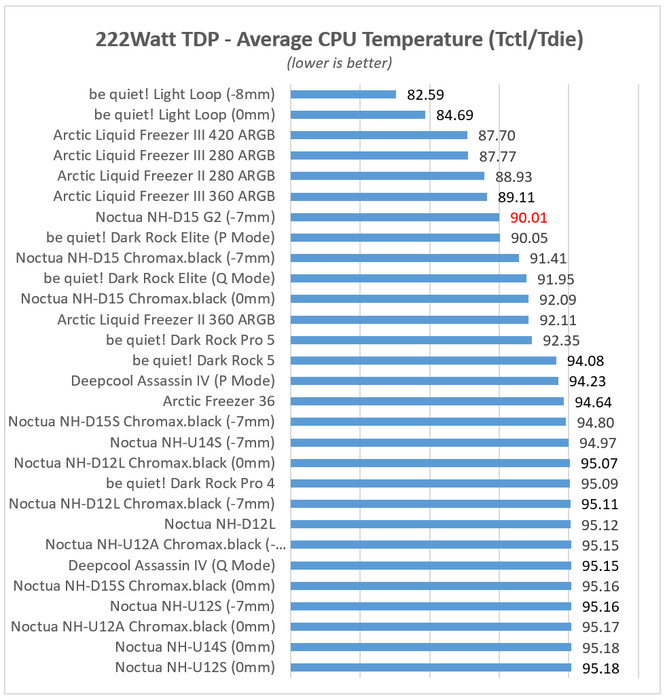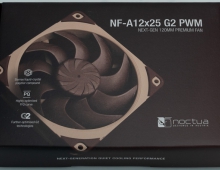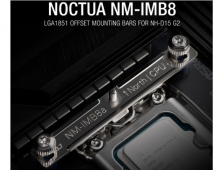Noctua NH-D15 G2
3. Tests
For our tests we used an open test air test system, to avoid interference from case fans. Then we set the room temperature around 24 Celsius via A/C control. All tests are done with the same system, operating system, drivers, and software running in the background. CPU fans were controlled via software with the same curve fan and the following test system based upon AMD 7950X:
- CPU: AMD Ryzen 9 7950X (Retail)
- Thermal Paste: Noctua NT-H1 thermal compound
- Open Case: StreaCom BC1 V2 Bench Table
- Motherboard: Asus ProArt X670E-CREATOR WIFI with 2120 BIOS
- Memory: 2x24GB Crucial DDR5-6000 CL48 (EXPO Profile)
- PSU: be quiet! Dark Pro 13 1300Watt
- Main Storage: Samsung 980Pro 1TB
- VGA: MSI GeForce RTX 4090 SUPRIM X 24G
- Operating system: Windows 11 x64 + latest motherboard/AMD chipset drivers installed (DirectStorage enabled drive)
- Software: OCCT Enterprise Edition v13.1.0 (2 sec interval monitor)
- Ambient room temperature ~ 24 Celsius (with AC climate control) - Environment Temperature measurements: Precision Gold N09AQ Envirometer Meter
We performed four tests depending on the CPU TDP load that can be set under Bios-> AI Tweaker-> Precision Boost Overdrive->AMD Eco Mode->
- cTDP 65Watt (real 90Watt)
- cTDP 105Watt (real 145watt)
- cTDP ~ 222Watt (via PBO at auto)
while we set the following voltages for all tests.
- CPU Core Voltage: Auto
- CPU SOC Voltage: 1.25V
- CPU VDDIO / MC Voltage: Auto
- Misc Voltage: 1.10V
Tests Disclaimer: Despite placing CPU voltages manually, the motherboard may supply the CPU with slightly different voltages, resulting in some cases higher temperatures that also result in higher working temperatures. Our results are valid with the above test system and using other variations may result in different results. Using other stress test software may also introduce different test results.
Before each run, we clean the CPU surface with 95% isopropyl alcohol and paper roll and we apply each thermal paste with the same methodology (central dot, small X lines, and small dots) to cover the full surface of the CPU area.
The Asus motherboard showcases its rotation curve with a %10 gap, the 140mm fan will stop at 0% and tops at 1518rpm.
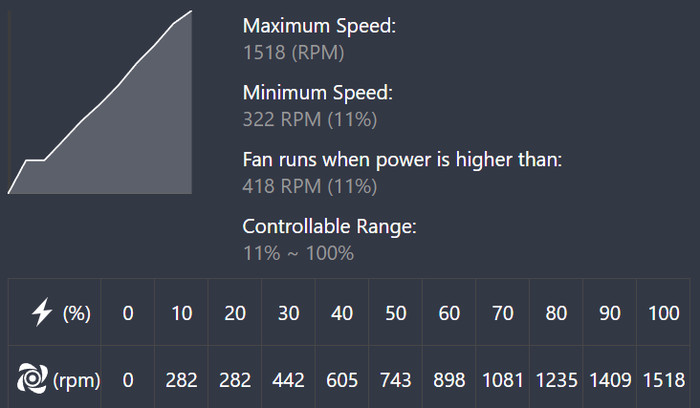
default fan curve
All of our tests are done with the default Asus X670E-ProArt PWM curve fan.
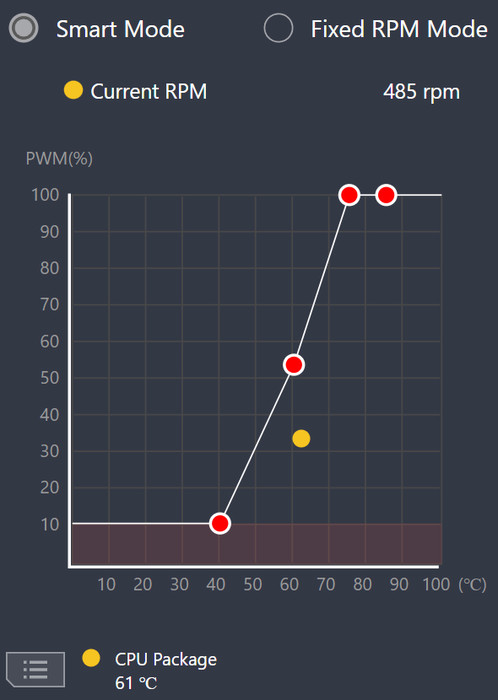
Noctua states that "..On modern AMD and Intel CPUs with 180-250W heat-loads, the performance advantage of the NH-D15 G2 will typically translate into a 2-3°C temperature reduction. For further information, please refer to our detailed performance data as well as this article detailing the impact different base convexities (low, medium or high convexity version) can have on thermal performance..."
Starting from the low 65watt AMD Eco TDP, we used the following OCCT settings
- Test: CPU+RAM
- Instruction Set: Auto
- Data Set: Large
- Mode: Normal
- Load Type: Variable
- Thread Settings: Auto
The Noctua NH-D15 G2 with the -7mm offset manages to climb at the top of our tested air coolers and improve performance compared with the previous D15 series.
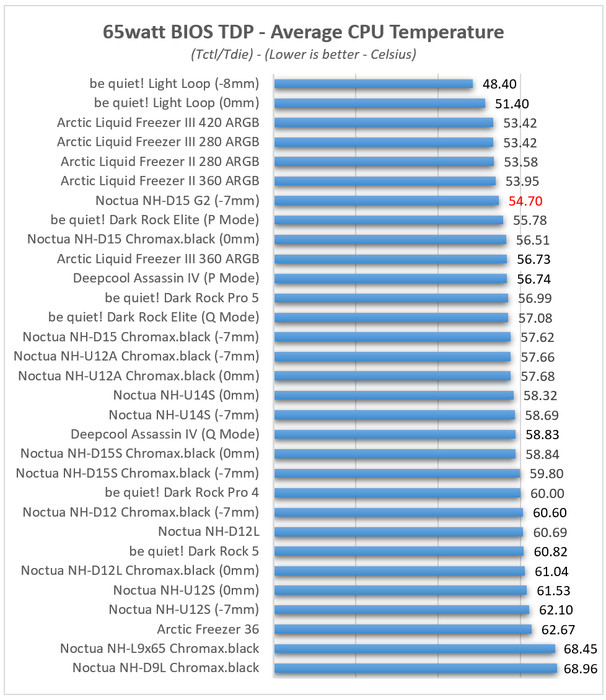
At the 105watt AMD Eco TDP setting, we used the following OCCT settings
- Test: CPU+RAM
- Instruction Set: Auto
- Data Set: Large
- Mode: Normal
- Load Type: Variable
- Thread Settings: Auto
Increasing the TDP load at all CPU coolers will probably increase their performance differences. The Noctua NH-D15 G2 (-7mm) again improves performance compared with the previous series, even though the performance gap now is smaller.

At the 222watt AMD TDP setting, we used the following OCCT settings
- Test: CPU
- Instruction Set: SSE
- Mode: Extreme
- Load Type: Steady
- Thread Settings: Auto
At the maximum possible TDP with the AMD 7950X for our tests, we see that the Noctua NH-D15 G2 (-7mm) has the best performance from an air cooler and can reach even high-end AIO coolers.
